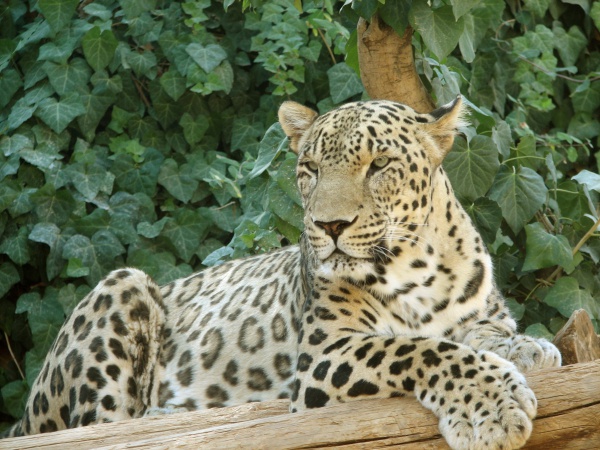Facts About Persian leopard
The Persian leopard, also known as the Caucasian leopard, navigates the landscapes of the Caucasus, Iran, Afghanistan, and Central Asia. Once believed to be a unique subspecies, it is now classified under Panthera pardus tulliana. Regrettably, it is listed as Endangered on the IUCN Red List, with an estimated population of only 871 to 1,290 mature individuals remaining in the wild.
Throughout history, scientists have assigned various names to the Persian leopard. Recent studies reveal that it diverged from its African and Arabian relatives during the Pleistocene era, underscoring its distinct lineage.
In terms of appearance, Persian leopards exhibit a range of colors, have a medium body length of approximately 158 cm, and can weigh up to 60 kg. They flourish in diverse habitats, from subalpine meadows to rocky slopes and sparse forests, particularly in the Greater Caucasus, Alborz, and Zagros mountains.
Unfortunately, their distribution is fragmented. While Iran harbors significant populations, smaller groups are dispersed across Afghanistan, Turkmenistan, Armenia, Azerbaijan, and other regions. The Persian leopard faces numerous threats, including poaching, habitat loss, human interference, and a declining prey base.
Efforts to conserve the Persian leopard are well underway. It is listed under CITES Appendix I, affording it the highest level of protection. Conservation measures include establishing protected areas, implementing anti-poaching initiatives, and conducting captive breeding programs. Some projects are even focused on reintroducing captive-bred leopards into the wild to help rebuild their populations in historical habitats.
Despite the challenges, ongoing conservation and research efforts offer hope for the future of the Persian leopard, striving to protect and restore this magnificent creature to its natural environment.

 Armenia
Armenia